First After Earth. Then White House Down. And now The Lone Ranger. We’ve had three pretty big bombs at the box office these past two months. However, t’s never as simple as simply looking at a film’s budget and its gross to determine profit. For one thing, on top of reported budget is the usually un-reported cost of marketing, advertising, and distributing. For another thing, studios typically share around half of their profit with the theaters displaying the films. Lastly, there is often simply no way to account for how much a film makes through secondary resources such as home video and cable.
Let’s take a moment to look back at the biggest bombs from 2003 to 2013, factoring in estimated marketing/distributing cost into the total cost and adjusting for inflation to show how much each film would have lost in 2013 dollars. By this formula, White House Down is currently operating at a loss of above $200 million. However, it did not qualify for this list because it is only entering into its second weekend of release, and the same logic also applies to why The Lone Ranger was ineligible for inclusion. Lastly, I’ve offered a brief observation as to what we learned from each film’s failure:
1) The Great Raid (2005)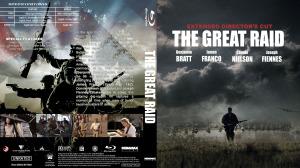

What It Cost: $80 million
What It Made: $10 million
What It Lost: $70 million ($81 million after adjusting for inflation)
What We Learned: What the hell is The Great Raid? It’s 8 years later and who’s ever heard of this movie? According to Wikipedia.org, it is an historical action film depicting the 1945 liberation of the Cabanataun Prison Camp in the Philippines during World War II. It stars Benjamin Bratt, James Franco, and Joseph Fiennes, but had its release date delayed 2 full years until it finally came out in 2005 to poor reviews and general indifference on the part of the film viewing public. Its director, John Dahl, has only made one additional feature-length film since then (2007′s Ben Kingsley dark comedy You Kill Me), instead transitioning into directing television shows (with an emphasis on directing CW shows).
2) Around the World in 80 Days (2004)

What It Cost: $140 million
What It Made: $72 million
What It Lost: $67 million ($82 million after adjusting for inflation)
What We Learned: Jackie Chan’s window of mega stardom closed fast, and Steve Coogan is a funny supporting actor but not a great leading man. This intentionally anachronistic new version of the classic Jules Verne novel apparently did well on home video, but at the box office it bombed hard. It would be 4 years before Coogan delighted audiences by blowing up early on in Tropic Thunder, and after this Chan returned to making his smaller budget action films and occasional comedies which played well on the international market. He would, however, return to the states for another regrettable Rush Hour film, and then turn into the best part of the Karate Kid remake.
3) Gigli (2003)

What It Cost: $74 million
What It Made: $7 million
What It Lost: $66 million ($83 million after adjusting for inflation)
What We Learned: If the tabloids and other celebrity gossip outlets refuse to stop talking about certain celebrity couples the general public will and can absolutely turn on said couple who may or may not have even done anything wrong. Plus, the world was willing to accept Ben Affleck converting a lesbian into straight sex in Chasing Amy when it didn’t know who the hell Affleck was. When he does with Jennifer Lopez in Gigli? The world threw up a little bit in its collective mouth.
4) Jack the Giant Slayer (2013)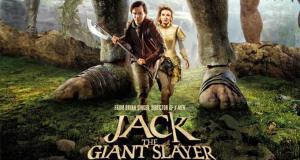

What It Cost: $295 million
What It Made: $197 million
What It Lost: $97 million (no need to adjust for inflation since it came out this year)
What We Learned: When you see a trailer for a big budget summer movie and then summer actually arrives and that film is nowhere to be found it’s an incredibly bad sign. That’s exactly what happened when a film named Jack the Giant Killer debuted its initial trailers in early 2012 and promised a mid-June release. However, Warner Bros. delayed the release 9 months to March of the current year, and changed the title to the slightly less violent Jack the Giant Slayer. The extra time was supposed to help finish/improve special effects, and ramp up marketing by pairing final trailers in June with the new Hobbit film. Plus, another thing we learned is that we should seriously temper our enthusiasm for the next X-Men film considering that Bryan Singer is directing it, and based off of Jack the Giant Slayer he’s not the same guy who made that awesome second X-Men movie anymore.
5) Green Lantern (2011)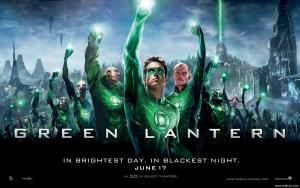

What It Cost: $325 million
What It Made: $219 million
What It Lost (Adjusted For Inflation): $107 million
What We Learned: When Christopher Nolan is not involved, Warner Bros. and DC may simply not know what they’re doing. Plus, Ryan Reynolds may look and act like a movie star, but audiences repeatedly inform the studios with their lack of patronage that they just don’t like the guy.
6) Stealth (2008)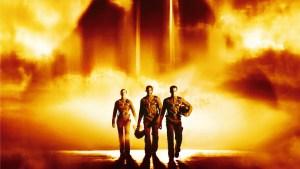

What It Cost: $170 million
What It Made: $76 million
What It Lost: $93 million ($110 million after adjusting for inflation)
What We Learned: You can’t simply re-make Top Gun but add a sci-fi twist and cast hot young actors and expect to start building new summer homes off of the profits. Plus, audiences are savvier than film studios think. Jamie Foxx was a hot property at the time, having just won his Oscar the year prior for Ray, but the awkward trailers for Stealth which tried to mislead audiences into thinking Foxx was the leading man (when he’s clearly a supporting player) didn’t fool nearly enough people. Also, Jessica Biel’s curves are not enough on their own to get people to care, even if you do strip her down to a bikini in the film.
7) Speed Racer (2008)

What It Cost: $200 million
What It Made: $94 million
What It Lost: $106 million ($113 million after adjusting for inflation)
What We Learned: Adapting a horribly confusing Japanese anime cartoon series into a live-action film and inexplicably heightening the bright color quotient and added epilepsy-inducing kinetic editing was a horrible idea. The Wachowskis as directors were no longer to be trusted, after this and what they had done to the Matrix franchise with those two sub-par sequels (especially the last one). Emile Hirsch’s bid at film stardom was short-lived. And no matter how many tie-in marketing deals you do with companies (General Mills, McDonalds, Target, Topps, Mattel, Lego) you can’t force people to see something they have no interest in no matter how many points of exposure you generate.
8) Mars Needs Moms (2011)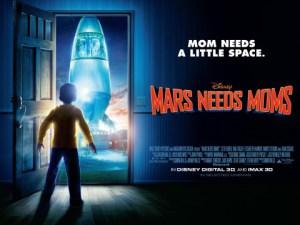

What It Cost: $175 million
What It Made: $39 million
What It Lost: $136 million ($139 million after adjusting for inflation)
What We Learned: Creepy ass motion capture animation is not the wave of the future, at least not yet. ”Thank God!” says everyone who was traumatized by the horribly unsettling uncanny valley of prior motion capture animation films A Christmas Carol and Polar Express.
9) Sahara (2005)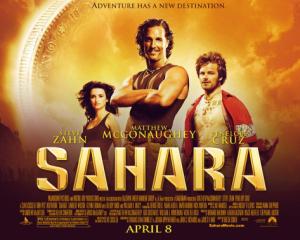

What It Cost: $241 million
What It Made: $119 million
What It Lost: $121 million ($143 million after adjusting for inflation)
What We Learned: That we we liked Matthew McConaughey, just not in this kind of movie, and that no one we knew saw Sahara.
10) The Alamo (2004)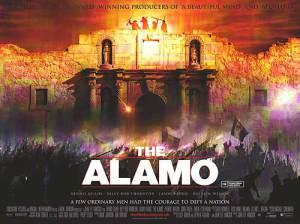

What It Cost: $145 million
What It Made: $25 million
What It Lost: $119 million ($144 million after adjusting for inflation)
What We Learned: That no one cared nor remembered the Alamo.
Source: Wikipedia.org
Hi, this is Kelly. I’m sorry that my article is over now, but if you leave your (nick)name and thoughts on this matter via the comments I promise I’ll get right back to you with a response comment. Thanks.

